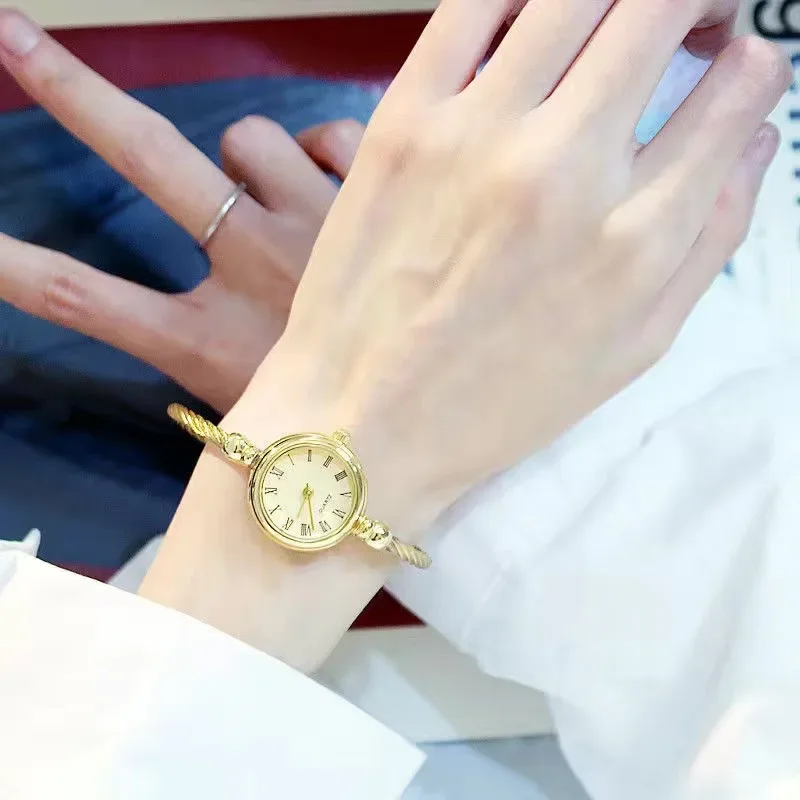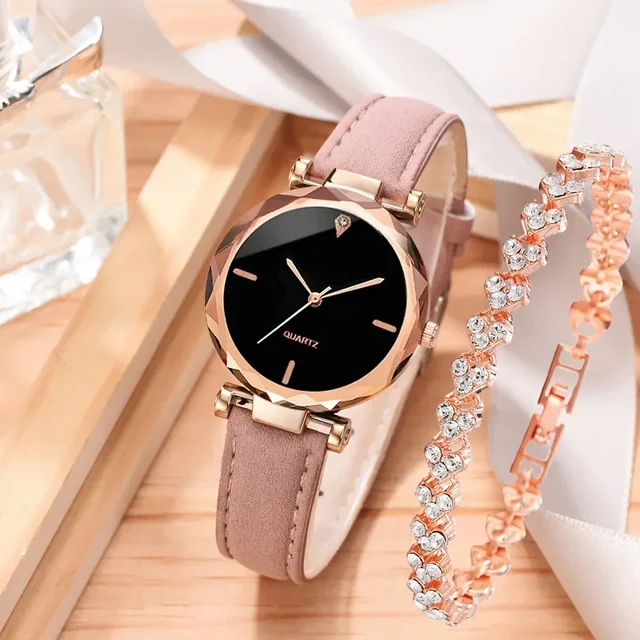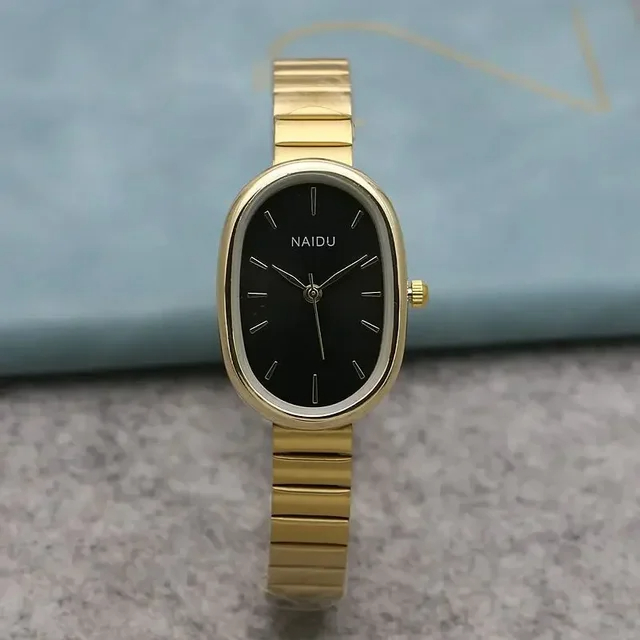Introduction
Measuring your wrist for a watch is an essential step to ensure a comfortable and stylish fit. The right size can make a significant difference in how the watch feels and looks on your wrist. In this guide, we will delve into the steps you need to follow, tips for how to measure your wrist for a watch.
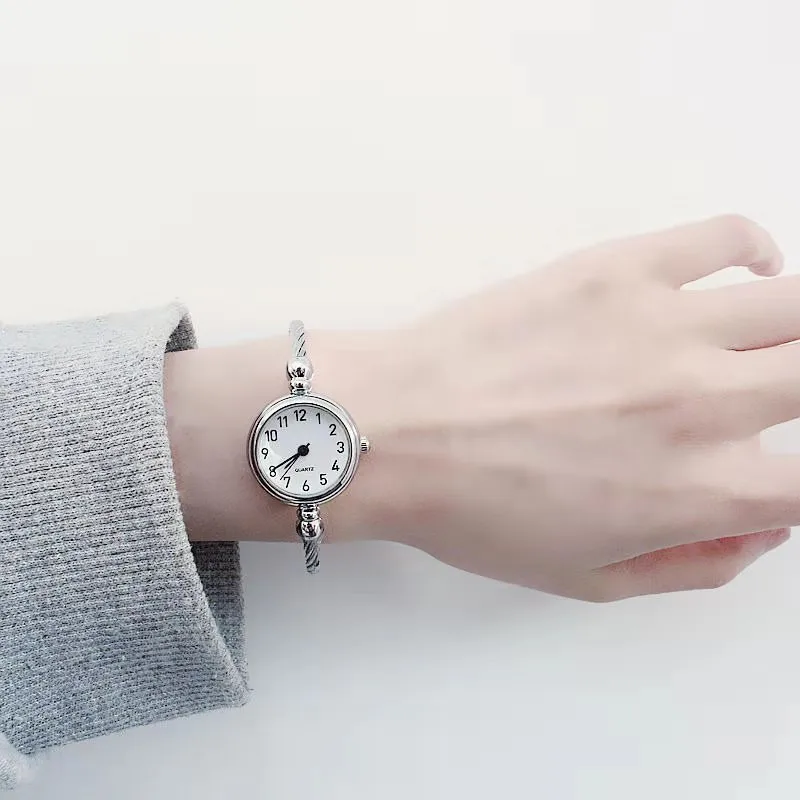
Why Wrist Size Matters
Understanding Watch Fit
The fit of a watch can impact both comfort and style. A watch that is too loose can slide around your wrist, making it difficult to read the time and potentially leading to damage. On the other hand, a watch that is too tight can cause discomfort and restrict blood flow. By measuring your wrist correctly, you can find a watch that fits just right, enhancing your overall experience.
Aesthetic Considerations
Wrist size also affects how a watch looks. A large watch can overpower a small wrist, while a small watch can look lost on a larger wrist. Finding a balance is key. Many brands design watches with various case sizes to accommodate different wrist sizes. Understanding your measurement allows you to select a watch that complements your wrist and personal style.
How to Measure Your Wrist
Tools You Need
Measuring your wrist is a straightforward process. You’ll need a flexible measuring tape, a piece of string, or a strip of paper and a ruler. A flexible measuring tape is the most convenient tool, as it can easily conform to the shape of your wrist. If you don’t have a measuring tape, using string or paper works just as well.
Step-by-Step Instructions
- Prepare Your Wrist: Start by removing any jewelry from your wrist. This will give you an accurate measurement without interference from other items.
- Wrap the Measuring Tape: If you are using a measuring tape, wrap it around the wrist just above the bone. Ensure it’s snug but not too tight. You should be able to slide a finger underneath the tape comfortably.
- Mark the Measurement: Once you’ve wrapped the tape, note the measurement where the end meets the tape. This number represents your wrist size in inches or centimeters, depending on the tape.
- Using String or Paper: If you are using a string or strip of paper, wrap it around your wrist in the same manner as the tape. Make a mark where the string overlaps. Then, lay the string flat against a ruler to measure the length. This will give you the same wrist size as using a measuring tape.
- Record Your Measurement: Write down your measurement immediately. It’s easy to forget the number, so keeping a record will help when shopping for watches.
Measuring for Comfort
Consider measuring your wrist in a relaxed state. Avoid tensing your wrist, as this can lead to a larger measurement. You want the measurement to reflect how your wrist naturally sits.
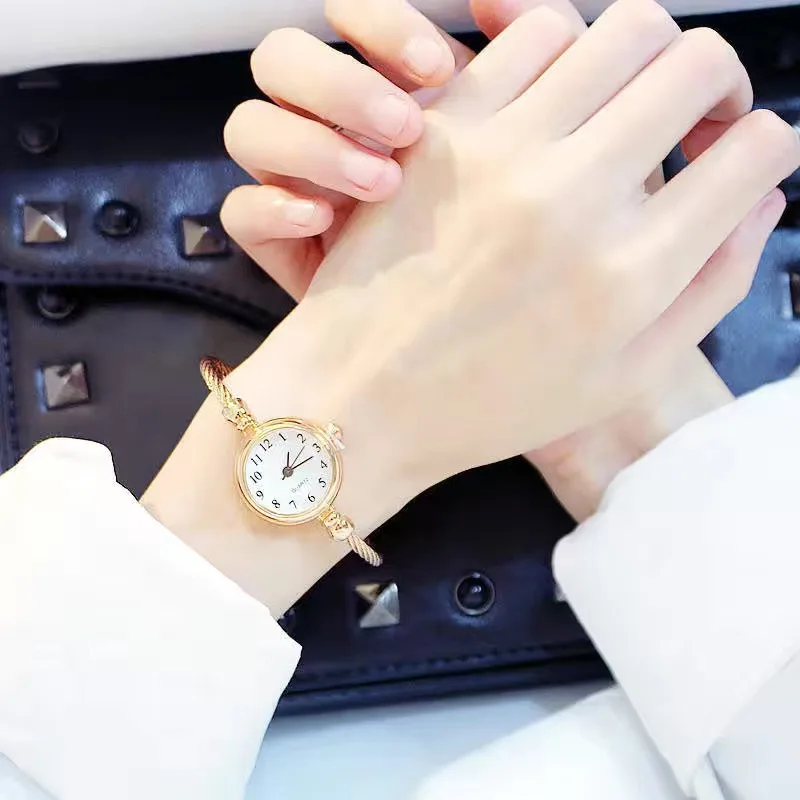
Choosing the Right Watch Size
Understanding Watch Case Sizes
Once you have your wrist measurement, it’s time to choose a watch. Watches come in various case sizes, typically measured in millimeters (mm). A common guideline is that a watch case should be about half the width of your wrist. For instance, if your wrist measures 7 inches (approximately 178 mm), look for a watch with a case size around 35-40 mm.
Selecting the Right Style
Different watch styles can also impact how size is perceived. A dress watch is typically more understated, while a sports watch may have a bulkier appearance. Consider your personal style and how the watch will fit into your wardrobe. A slimmer profile might work better for formal occasions, while a larger, sportier design could be perfect for casual outings.
Trying on Watches
Whenever possible, try on watches in-store. This gives you a real sense of how a watch fits and feels on your wrist. Pay attention to how the watch sits. It should rest comfortably without digging into your skin.
Online Shopping Considerations
If you’re shopping online, check the brand’s sizing guide. Many websites provide detailed specifications, including case size and wrist size recommendations. This can help you make a more informed decision without trying the watch on first.
Common Mistakes to Avoid
Ignoring Strap Types
The type of watch strap can greatly influence the fit. Leather straps often stretch over time, while metal bracelets can be adjusted by removing links. Consider how the strap material interacts with your wrist size. A too-tight leather strap may not be adjustable, while a metal strap can offer flexibility.
Overlooking Watch Weight
The weight of a watch can affect comfort. Heavier watches may feel cumbersome on smaller wrists. If you have a smaller wrist, look for lighter materials like titanium or resin, which can provide durability without excess weight.
Forgetting to Account for Movement
When measuring your wrist, remember that it can change slightly throughout the day. Factors such as temperature and activity can cause your wrist to swell or shrink. It’s wise to measure your wrist at different times to find an average size that works best.
Tips for Finding the Perfect Watch
Consider Your Lifestyle
Your daily activities can influence the type of watch you should choose. If you lead an active lifestyle or participate in sports, look for watches designed for durability and water resistance. Features like shock resistance and luminous dials can be beneficial. Conversely, if you need a watch for formal events, prioritize elegance and materials like leather or stainless steel.
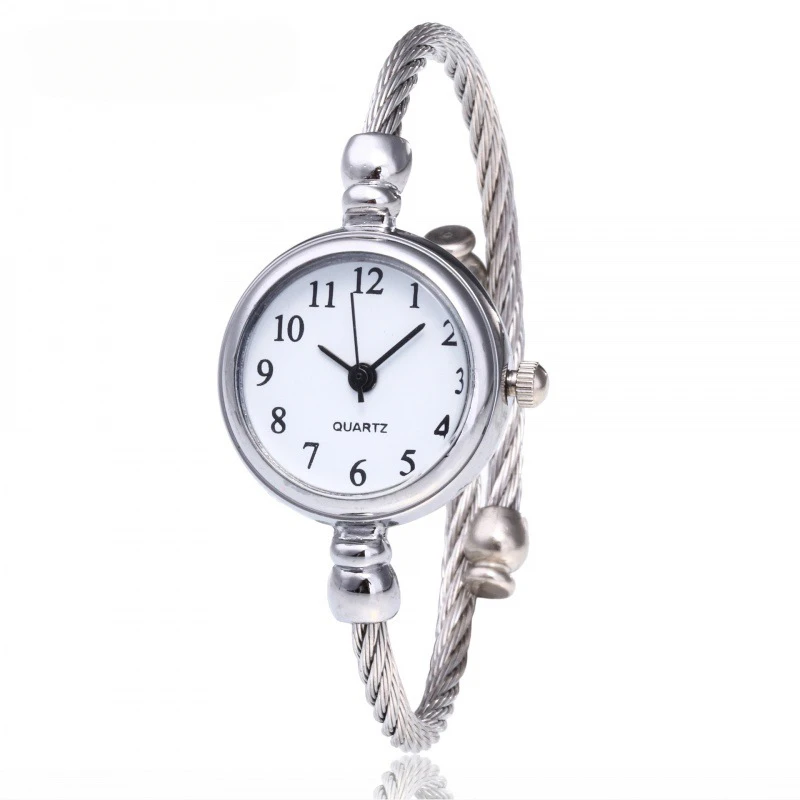
Explore Different Watch Styles
Familiarize yourself with various watch styles to find one that suits your personality. Here are some popular types:
- Dress Watches: Sleek and minimalistic, perfect for formal occasions.
- Dive Watches: Water-resistant and durable, suitable for swimming and diving.
- Pilot Watches: Feature large dials and legible numbers, designed for aviators.
- Smartwatches: Offer a range of functionalities, from fitness tracking to notifications.
Personalize Your Watch
Once you’ve chosen a watch, consider personalizing it with custom straps or engravings. Changing the strap can refresh the look and feel of your watch, allowing it to match various outfits and occasions.
Regular Maintenance
To keep your watch in top condition, regular maintenance is key. Depending on the type of watch, this might include battery replacements, servicing for mechanical watches, or simply cleaning the strap. Follow the manufacturer’s recommendations for care to extend the life of your timepiece.
Seek Expert Advice
If you’re unsure about what watch size or style would best suit you, don’t hesitate to seek advice from watch experts. Jewelers and watch retailers can provide valuable insights based on their experience, helping you find a watch that meets your needs.
Understanding Watch Movements
To further appreciate your watch, it’s helpful to understand the different types of movements:
- Quartz Movement: Battery-powered and known for accuracy. Requires minimal maintenance.
- Automatic Movement: These self-winding watches are powered by the motion of your wrist. They require regular wearing or winding to keep running.
- Manual Movement: Requires winding by hand. They are typically favored by watch enthusiasts for their craftsmanship.
Choosing Based on Movement
When selecting a watch, consider the movement type that best suits your lifestyle. Quartz watches are ideal for those who prefer low maintenance, while mechanical watches appeal to those who appreciate traditional craftsmanship.
Exploring Watch Brands and Models
The watch market is vast, with numerous brands offering a wide array of models. Here are a few notable ones to consider:
- Rolex: Renowned for luxury and precision, Rolex watches are considered a status symbol.
- Seiko: Known for reliability and affordability, Seiko offers a variety of styles and movements.
- Casio: Famous for digital watches, Casio combines functionality with affordability.
- Omega: Known for their innovative designs and precision, Omega watches have a rich history.
Researching Brands
Before making a purchase, research the brand’s reputation, warranty policies, and customer service. Reading reviews can also provide insight into the experiences of other watch owners.
Conclusion
Measuring your wrist for a watch is a crucial step in finding the perfect fit. By following the steps outlined in this guide, you can ensure that you choose a watch that is both comfortable and stylish. Take your time with the measurement process and consider the various factors that influence fit. With the right approach, you’ll enjoy your watch for years to come.
